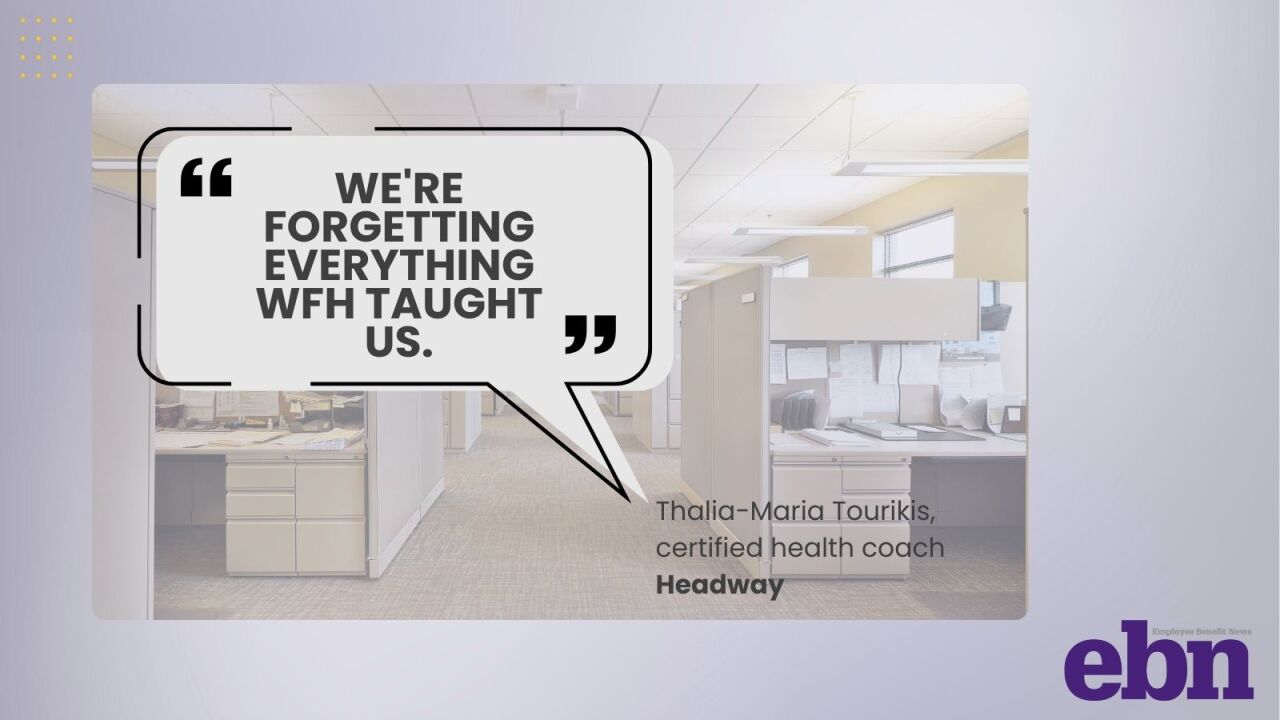Economic concerns are leading businesses to take a cautious approach on
Employers are planning a 3.5% average pay increase in 2026 — down 0.1% from this year — and only 26% plan to offer cost-of-living adjustments, according to compensation solution platform Payscale. The majority cite macroeconomic conditions as their top reason for
Yet, inflation is expected to continue and many workers are struggling to pay for expenses like emergencies,
"We are seeing [leaders] think about creating a differentiated package for their workforce, rather than doing what everybody else is doing," she says. "It's about a personalized experience for your workforce; more employers are focusing on actually capturing employee sentiment around the total-reward offering."
Read more:
How to identify high-value benefits
Payscale gains input from employees by administering their engagement and total rewards surveys at the same time. The conjunct analysis allows leaders to see what employees value most, compare these to benefits' cost and identify any misalignments, Thomas explains.
She also recommends total-rewards decision makers connect with business leaders to understand what the goals of the organization are, which employees are needed to meet them, and prioritize the benefits that attract and retain those people.
"They need to understand the strategies that are going to drive success in the business in the next 12 to 24 months, and what talent is needed to do that," Thomas says. "And then, do we have that talent in house, or do we need to attract that talent? [Then they can decide] where they want to invest."
Read more:
The outcome of investing in benefits
Thomas urges leaders to remember that, despite the current economy and tough job market, investing in a competitive total rewards program is important for reducing turnover and keeping employees engaged.
"The talent you still have needs to work even harder and be more productive for you, so retaining tenured, skilled people that understand your business is very important, and you need to make sure they're feeling rewarded," she says.
Read more:
Along with offering the right benefits, good communication around total rewards helps employees see what they are gaining beyond a paycheck.
"Many employees don't understand the total investment that the organization is making in them," Thomas says. "Doing that total reward statement view, or whatever you can do to provide information to employees on a real-time basis in terms of the total value of investment being made, [says] 'This is how we value you as an employee in the organization.'"






